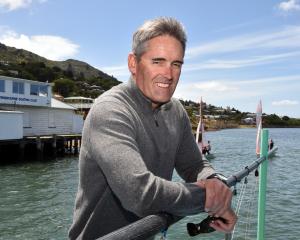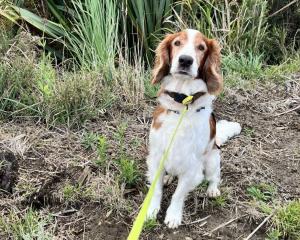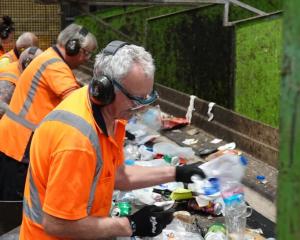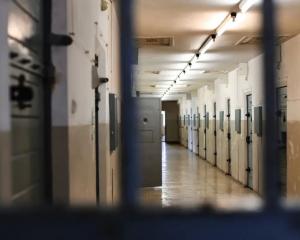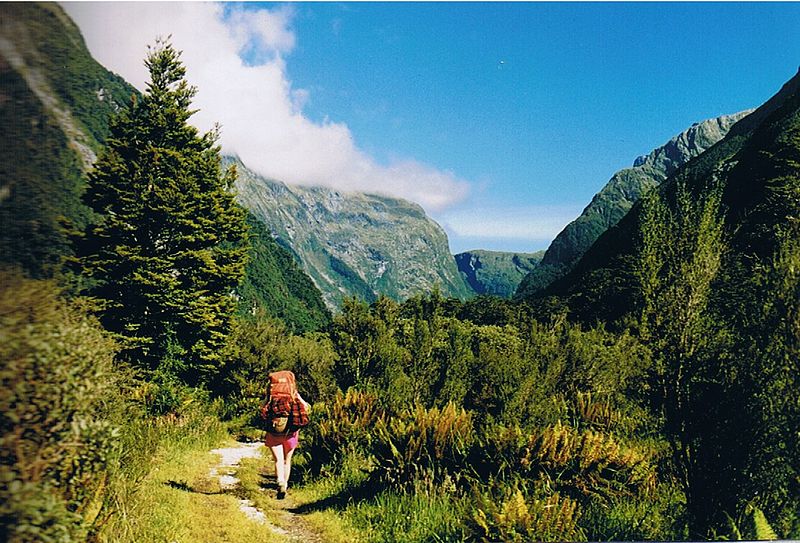
A seven-month trial is under way in which foreign visitors pay roughly twice what locals pay to stay in a Department of Conservation (DOC) hut, or pitch a tent in a campsite on four of its most popular Great Walks.
DOC said the pricing tool trial aims to find a way to manage visitor pressure. It wants to establish a fair pricing system for New Zealanders, recover costs, and ensure the fees "reflect the true value of these world-class walks".
Overseas visitors now pay $140 a night for a hut on the Milford Track, $130 on the Kepler and Routeburn, and $75 a night on the Abel Tasman track.
New Zealanders pay roughly half that, and under 18-year-olds stay free of charge.
Swiss tourist Valentin Burri is walking the length of New Zealand and said the hut fees here are too expensive.
"Yes, it is, especially if you are two (people) like we are a couple, it's really a lot.
"It's much more sometimes than staying on a hotel."
Bookings for Great Walks accommodation opened over a two-week period from 12 June this year, using a new online booking system.
Figures provided by the Department of Conservation show that overall, there was an increase of 6471, or nine percent, on bed nights sold in the first two weeks across all Great Walks compared with last year.
The figures also show that bookings for international visitors are down 14 percent on last year.
Meanwhile the number of New Zealanders booking Great Walks accommodation has increased from 45 to 57 percent.
Bookings by overseas adults on the remaining Great Walks (not included in the price trial) increased by 4 percent, and 40 per cent among children.
Bookings by New Zealanders are up by 10 percent across all of the Great Walks network, which the Conservation Department says is great to see.
DOC said it was too early to say if it was showing as a trend.
"While the data so far is positive, it's too early to draw any conclusions until the season comes to a close.
"The figures are very likely to change quite a bit as the season progresses," DOC said in a statement.
The manager of a Nelson backpacker hostel said the extra cost has had an unexpected consequence.
Rhonda Dann was noticing some overseas tourists were now spending all their money on hut accommodation and little else.
"They'll spend their money in a tent and not here in town seeing what we have to offer."
Ms Dann said she was noticing that backpackers this year were "less financial" than in other years.
"So, if they get out to the Abel Tasman and discover they have to pay double the price, we'll lose then from there too."
The Abel Tasman National Park is a major tourist drawcard for the Tasman region.
Head of the Nelson Regional Development Agency Mark Rawson said there was no evidence to show overseas tourists were not coming to the region because of the fee increase.
"But what we're hearing from operators is that we won't achieve the growth we've seen in the last couple of years, but that's because there's been such big growth there," Mr Rawson said.
The park now attracted about 300,000 visitors a year - 20 percent of whom stayed overnight.
Mr Rawson said work to promote the benefits of visiting in the autumn shoulder season appeared to be paying off.

A spokesperson said that bookings to date had added $1.9 million in additional revenue from the differential pricing, including $270,000
A DOC supervisor in the Fiordland National Park, Pania Dalley, said the cost includes the service provided by a team of rangers.
Ms Dalley oversees 16 hut rangers and eight huts in the park. She's been on the job for 14 years and has noticed two trends.
"The biggest change is the increase the tourism. The least change is my hut rangers - I've got some who've come back year after year, including one now in his 29th season."
Ms Dalley said rangers perform a range of tasks from cleaning and maintaining huts, clearing tracks and providing vital weather reports.
"They are the Johnny on the spot - they're the ones passing on the visitor safety information to their guests, and it could be something like an avalanche risk the following day, or forecast rain for 150mm between 8am and 4pm."
Ms Dalley said it's a more pleasurable experience walking in less water.


